Avrakontes (or Avrakonte for the locals) is a village in the Lasithi regional unit on the island of Crete, Greece. It is located on the Lasithi Plateau at an altitude of 870 meters. The village is the seat of a community that also includes the settlement of Koudoumalia.
Avrakontes is situated on the northern slopes of Mount Dikti, near the Diktaean Cave. It is characterized by its traditional architecture, with stone-built houses and narrow streets.
History
-
Venetian Period:
- 1545: A Venetian document mentions the granting of land on the Lasithi Plateau to a refugee from Nafplio named Pietro Conde. This supports the theory that the village’s name originates from someone named Avraam Conde.
- 1343: The Lasithi Plateau was deserted.
- 1463: Resettlement of the plateau began.
- 1583 & 1630: The censuses by Kastrophylacas and Francesco Basilicata refer to the village as “Metochio Anavrakonta.”
-
Ottoman Period:
- 1671 & 1834: Avrakontes is mentioned in the Ottoman and Egyptian censuses.
- Origin of the Name: The name “Avrakontes” is believed to be related to the family name “Conde” or possibly derived from a person named “Avraam Conde.”
-
Other Historical Events:
- Phokades Family: Documents found in Avrakontes suggest a connection to the Phokades family, a prominent Byzantine family originally from Cappadocia. During the Ottoman period, the surname “Foukas” was changed to “Foukarakis.” The house that housed the “komites” (officials) of the Foukas family still exists in the village.
- Revolts and Resistance: The village was burned down several times during the Greek War of Independence (1823 and 1867). During World War II, the area near Avrakontes served as a hideout for resistance fighters who fought against the German occupation.
Landmarks
- Traditional Architecture: Avrakontes has a distinct architectural style. The early houses were built with simple materials like stones, mud, clay, and wood. They were low, rectangular structures with flat roofs, few or no windows, and characteristic doors made of local thick timber. The houses were built in a circular pattern, close to each other, for defensive purposes.
- Church of Agios Georgios: The main church in the village.
- European Path E4: The E4 European long-distance path passes through Avrakontes, offering hiking opportunities to the Limnakaros Plateau and the summit of Mount Dikti.
Traditions
- Pottery Workshops: In the past, pottery workshops operated in Avrakontes every four years, producing various clay items like “pitharia” (large storage jars), “kouroupes” (drinking vessels), “vrakskia” (cooking pots), and flower pots.
- “Giorti tou Kolokithiou” (Festival of the Zucchini): A festival celebrating the zucchini harvest, held in August during the fasting period.
Village Key Points
- Historical References:
- 1545 Venetian document
- 1583 census as “Metochio Anavrakonta.”
- 1630 census as “Metochio Anavrakonta.”
- 1671 Ottoman census
- Location: Lasithi Plateau, Lasithi regional unit, Crete, Greece. 44 km west of Agios Nikolaos.
- Altitude: 870 meters
- Historical Significance: Traditional architecture, possible connection to the Byzantine Phokades family, role in Cretan resistance movements.
- Population:
Year |
Population |
|---|---|
1991 |
461 |
2001 |
227 |
2011 |
170 |
2021 |
166 |













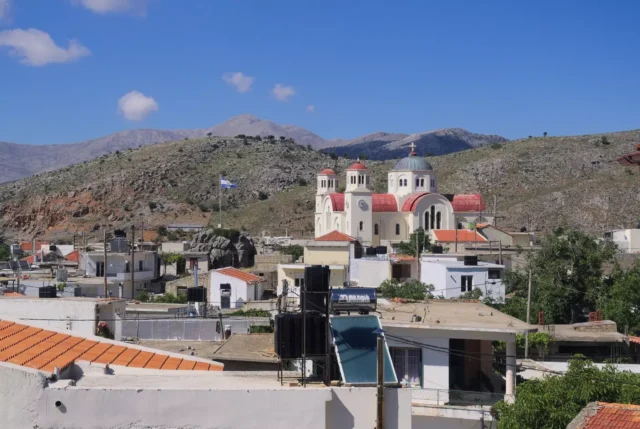


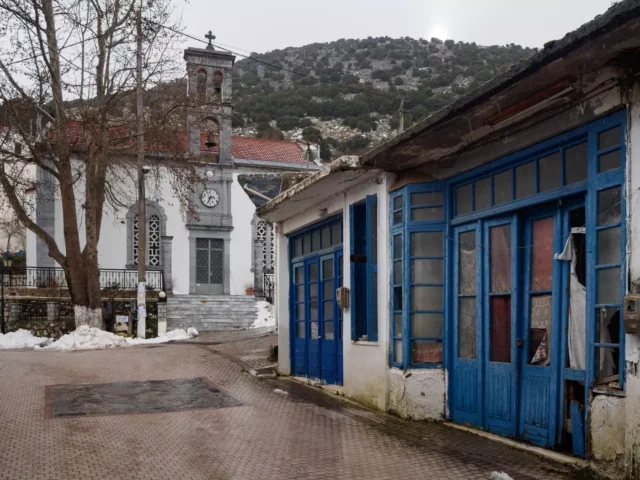
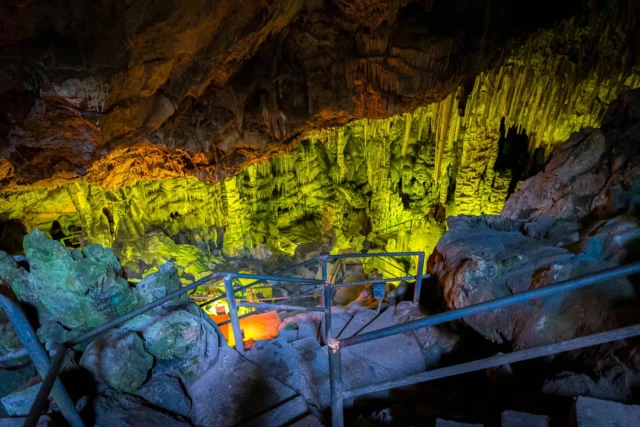


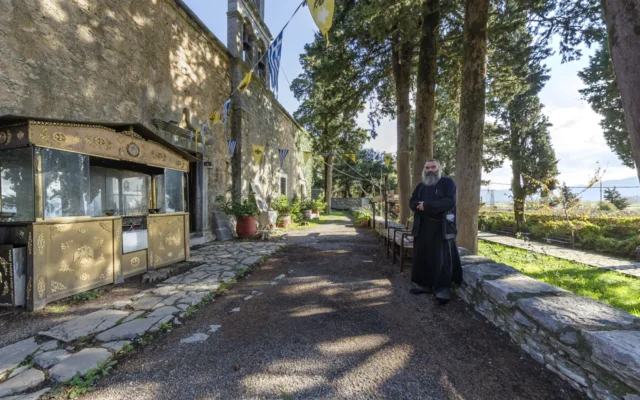
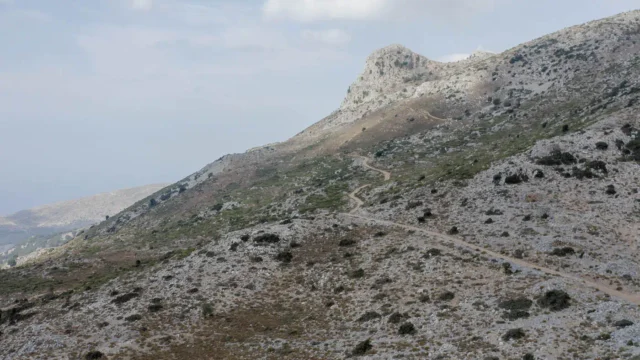
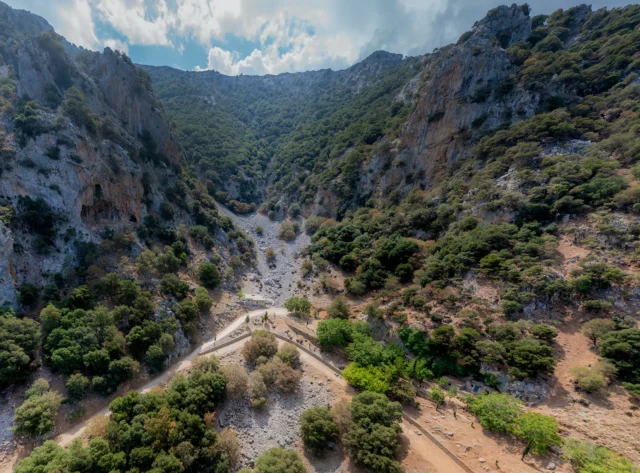


There are no comments yet.